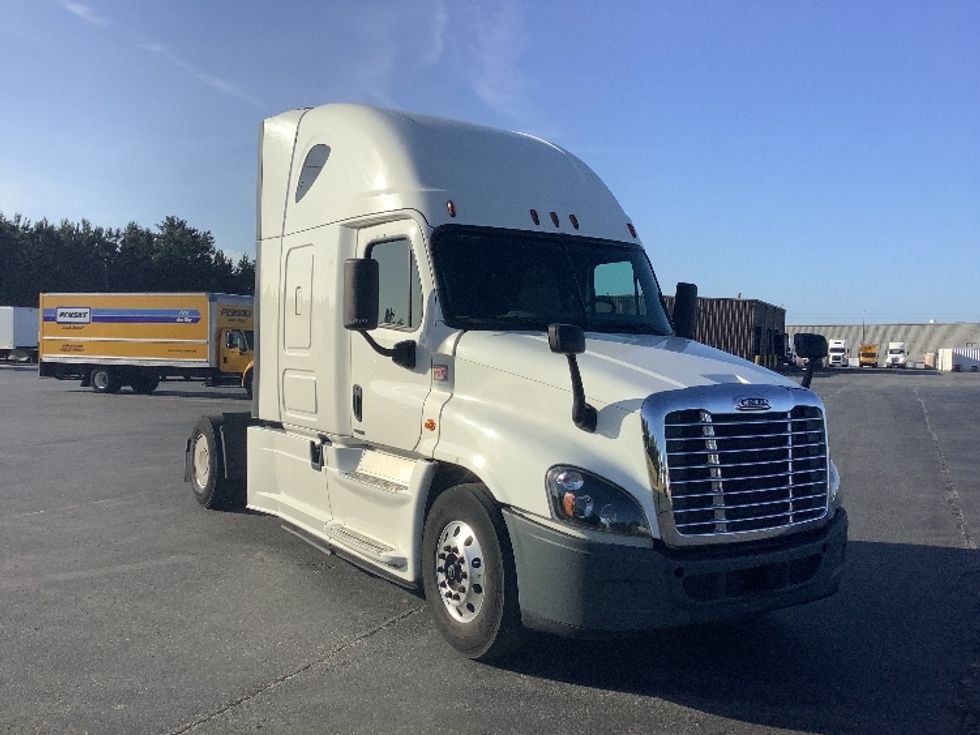Top Guidelines Of "Exploring the Different Models of Freightliner Trucks: Which One is Right for You?"

The Evolution of Freightliner Trucks: Coming from the Beginning to Today
Freightliner Trucks, a department of Daimler Trucks North America, has a long history courting back to its starting in 1942. Over the years, Freightliner has ended up being a noticeable gamer in the trucking field and has consistently advanced its vehicles to comply with the changing necessities of its customers. In this post, we will definitely take a closer appearance at the evolution of Freightliner trucks from their beginning to the existing day.
1940s-1960s: The Early Years
Freightliner's quest started in 1942 when Leland James founded Consolidated Freightways and got White Motor Company's truck production vegetation in Portland, Oregon. The company striven to develop trucks primarily for long-haul transit. In 1947, Consolidated Freightways launched its very first vehicle under the brand name title "Freightliner," which rapidly got popularity one of trucking providers.
During this time period, Freightliner focused on generating heavy-duty conventional vehicles that were trusted and effective for long-distance haulage. These early designs included ingenious concept components such as light-weight aluminum cabs and sleeper quays for drivers' comfort in the course of through the night excursions.
1970s-1980s: Developments in Safety and Efficiency
In the 1970s, stricter rules concerning emissions and safety specifications happened right into impact. To conform with these new rules, Freightliner produced substantial developments in motor modern technology and aerodynamics. The company offered diesel motors along with improved gas productivity and reduced emissions.
In addition, Freightliner incorporated protection component like anti-lock brakes (Abdominal muscles) and improved presence with bigger windscreens. These advancements not only enriched driver security but additionally raised overall performance through lessening maintenance costs and improving fuel economic climate.

1990s-2000s: Technology in Design
The 1990s marked a period of technology for Freightliner trucks as they introduced a number of remarkable design adjustments. One substantial development was the overview of the Century Class vehicle schedule in 1995. These trucks featured a extra wind resistant layout, lowering pain and strengthening fuel performance.
Freightliner also centered on driver comfort and advantage throughout this period. They offered ergonomic desk cab layout along with improved exposure, adjustable seats, and enhanced environment command bodies. These advancements striven to minimize vehicle driver tiredness and strengthen total performance.
Furthermore, Freightliner started trying out along with alternative gas innovations in the course of the early 2000s. The company offered trucks powered by organic gasoline (CNG) and hybrid-electric drivetrains, showcasing their devotion to sustainability and reducing environmental influence.
Present Day: Taking advantage of Technology
In recent years, Freightliner has took advantage of technical developments to better strengthen its trucks' functionality and efficiency. One noteworthy advancement is the assimilation of innovative telematics systems that supply real-time information on automobile performance, maintenance requirements, and chauffeur actions.
Freightliner has likewise put in in independent driving technology. They have efficiently tested semi-autonomous truck troop, where a number of vehicles can easily journey carefully with each other in a convoy controlled through a lead motor vehicle. This modern technology strives to enhance fuel productivity while maintaining protection on freeways.
Moreover, Freightliner has carried on its attempts in building electric-powered vehicles as component of their dedication to sustainability. In 2019, they unveiled the eCascadia and eM2 styles as part of their Electric Innovation Fleet.
Conclusion
The progression of Freightliner trucks over the years showcases the business's devotion to technology and appointment customer needs. From its simple beginnings in the 1940s to welcoming cutting-edge modern technologies today, Freightliner has consistently pressed borders in terms of safety, productivity, concept, and sustainability.
As Key Reference continues to conform to an ever-changing sector garden, it is crystal clear that they will definitely remain at the center of trucking innovation for years to happen.
